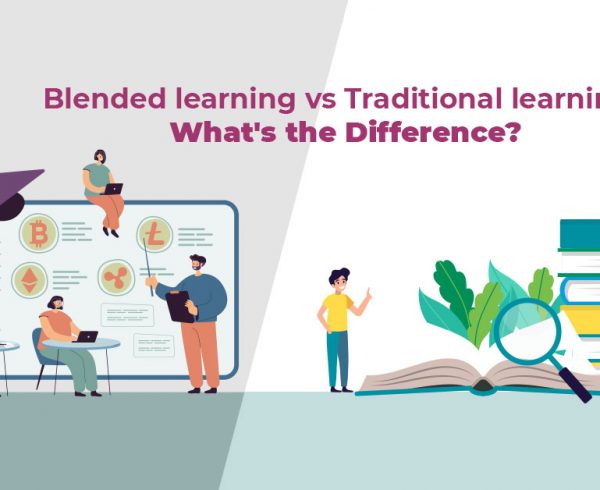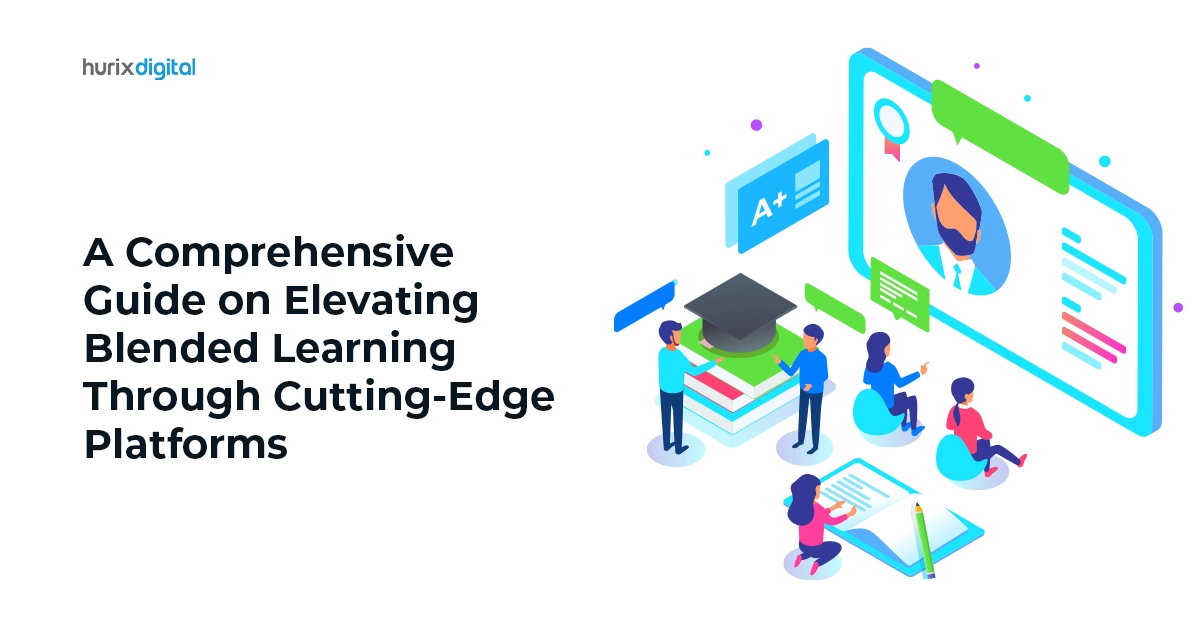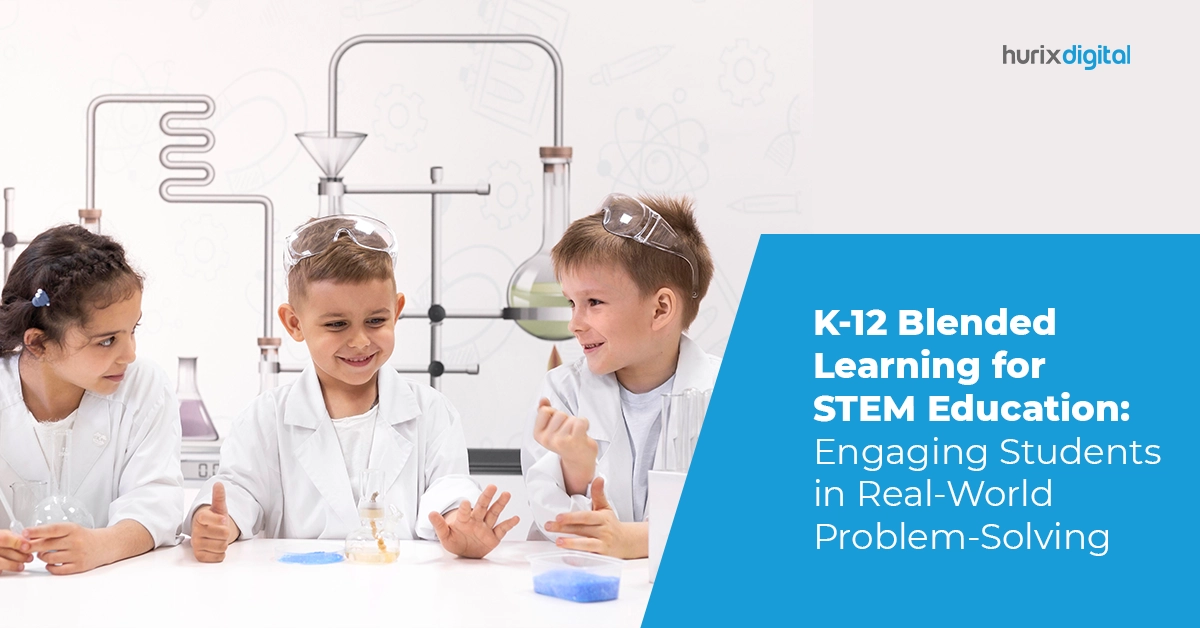Summary
This article provides an overview of the modern approaches of blended learning, including collaborative learning, self-Paced learning, mobile learning, interactive learning, and customized learning content.
In the fast-changing healthcare world, it’s important for professionals to always keep up with new technology and treatments. Today, more than ever, with the catalyst of the COVID-19 pandemic and the burgeoning digital era, the pivot toward online education has become more pronounced.
Blended learning emerges at this intersection, melding the authenticity of traditional face-to-face instruction with the versatility and adaptability of online platforms. This approach, which once might have been seen as merely a supplement to traditional training, has now become an integral part of the modern healthcare educational landscape.
It not only results in better learning outcomes but also offers a tailored, efficient, and responsive way to equip healthcare professionals with the essential skills and knowledge.
Table of Contents:
Modern Approaches and Benefits of Blended Learning in Healthcare
Below are the modern approaches of blended learning and their benefits for healthcare training:
1. Collaborative Learning
A blended learning design allows for a more collaborative environment where healthcare professionals can share knowledge, notes, learning resources, and best practices, helping them keep up with trends in their field and learn better.
Through digital interactive tools, learners can work on shared projects and assignments, discuss learning material, and ask questions. These could include online forums that enable students to connect with peers and teaching staff.
At the same time, through the traditional learning component, they also benefit from in-person interactions with teachers and peers. This avoids the potential isolation, disengagement, or disinterest that can emerge from only online learning.
2. Self-Paced Learning
Compared to traditional learning, blended learning often allows students to study online modules at their own pace and review digital material (such as recorded lectures) as often as they require.
This self-paced learning makes healthcare training more adaptive for different learning styles.
It is also particularly convenient for working healthcare professionals and lifelong learners since it allows learning to be place and time-independent. This enables professionals to continue with their training without disrupting their work.
3. Mobile Learning
Blended learning makes it easier for healthcare professionals to study the online components from wherever they prefer as long as they have an internet connection and a device such as a smartphone, tablet, or laptop. This is particularly helpful for students who are traveling or who may want to learn on the go such as on their way to work.
4. Flexible Structure
Combining traditional and online learning in healthcare allows for greater flexibility in healthcare instruction. With a blended learning curriculum, different instructional methods can be used for different modules, courses, or programs of study.
This allows the appropriate method to be used for a particular component of the course based on whether it is better taught through digital learning or in-person teaching.
It is also easier to structure the course in different ways according to your learning objectives. It could be a long-form course based on micro-learning with bite-sized modules or a combination of both.
Also Read: 7 Steps to Designing Effective Blended Learning Courses
5. Multimedia Content
With blended learning resources, students benefit from multimedia content, which is particularly useful in healthcare education. Images, videos, and audio material can provide a better representation of course material than simply written text or classroom lectures.
This is especially the case for technical content like biological explanations, healthcare procedures, technological skills, and other such content.
6. Experiential Learning
Utilizing technologies such as virtual reality, learners can immerse themselves in lifelike scenarios to hone their procedures, skills, and decision-making capabilities. This allows them to learn in a risk-free environment where mistakes won’t result in risk to a patient’s life and costly legal claims.
Learning from virtual practice helps them develop confidence in performing the tasks and hone their skills. It also allows them to learn from instant feedback if they do something wrong.
At the same time, through the in-person component of blended learning courses, students benefit from hands-on training and real-world experience. Healthcare professionals can practice procedures and techniques together.
This is particularly helpful for professionals new to the field since they can work with experienced professionals and gain input from their valuable experience.
7. Cost-Effective and Efficient Approach
Blended learning in healthcare reduces the need for costly on-site training sessions as well as the accompanying travel costs. It also enables easy modification of digital learning material, allowing for up-to-date information.
Further, material that can easily be self-learned can be conveyed through the e-learning component and pre-recorded lectures, saving the cost and time of classroom hours with a teacher.
This also has the logistical advantage of freeing up class time due to online lecture components, which allows for more time to be spent on active learning during interactive teaching.
8. Conducive for Continuous Learning
Blended learning in medical education includes online learning components that can be studied conveniently, irrespective of where the learner is, and can also be studied at the learner’s preferred pace.
This makes it particularly conducive for continuous workforce learning, enabling healthcare professionals to engage in continuous upskilling and knowledge building while working.
Given the continuous development of healthcare technology, protocols, and compliances, keeping up-to-date with the latest developments is key.
9. Engaging and Immersive Learning
With multimedia, motion graphics, and virtual reality, blended learning allows for a more engaging and engrossing experience for learners. Elements like gamifications, simulations, and branching scenarios can make the material more interactive.
Gamification elements like leaderboards, points, and badges can introduce friendly competition to keep learners on their toes. At the same time, healthcare students also benefit from the participative and interactive experience of in-person classes.
10. Customized Educational Content
Further, because it is easy to customize, it can include content that is customized for a particular workplace or area of healthcare to make it more relevant and appropriate.
The digital components can also be easily customized to suit a particular locality, place, and culture through translating and localizing the content, making it more culturally relevant. This is ideal for multicultural workforces and helps learners connect better with the material.
11. Conducive for Distance Learning
Blended learning may not be as optimal for remote learning as pure e-learning, but it is still well suited to distance learning compared to traditional learning. Further, it avoids the risk of disengagement and isolation that can take place with pure remote learning.
For instance, educators can schedule the more practice-based aspects of the course for in-person sessions while the rest can be remote learning. This also saves learners on the cost and time of travel.
Also Read: Switch to Blended Learning for Better Learning Outcomes
Summing Up
Blended learning in healthcare brings together the benefits of online learning and traditional face-to-face learning.
On the one hand, learners experience the participation of conventional classroom teaching and in-person interactions with peers and more experienced professionals. On the other hand, they benefit from modern approaches that make healthcare training collaborative, self-paced, immersive, experiential, efficient, customized, and continuous.
In this regard, note that Hurix Digital offers custom solutions for training and workforce learning, catering to diverse requirements. Leveraging our expertise in content and product development, we assist clients in crafting and executing impactful learning strategies.
Discover more by scheduling a demo with us!











